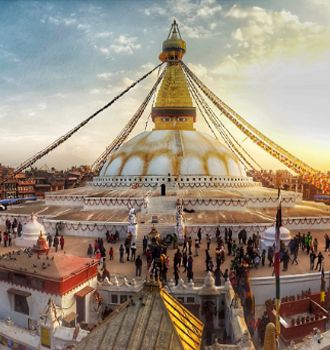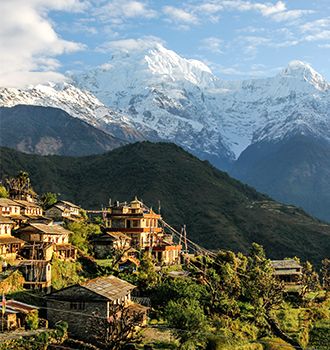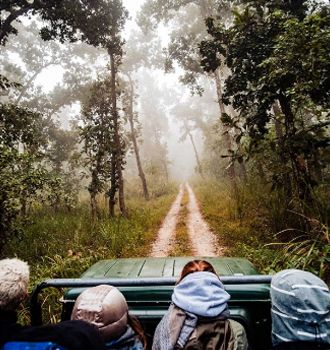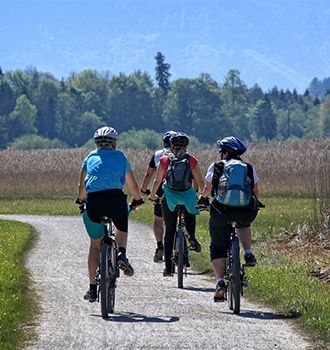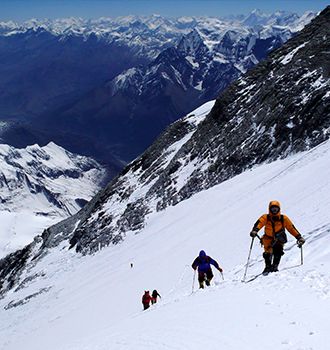Customize your Trip
Tailormade / General Information
-
Tailor Made
Craft your adventure and tours with us
Answer the question below for your perfect travel experience.
-
General Information
1. Passport & Visa
An entry visa can be applied:
- online at www.immigration.gov.np
- in-person at the international airport of Kathmandu
- border check-in points
- Requirements include: a valid passport, filled up visa form and photo.
- Estimated cost is US $30-50 for minimum stay.
- Alternatively a Visa may be obtained from the Nepalese Embassy in your country.
2. Flight Connection
We have three International Airport “Tribhuvan International Airport, www.tiairport.com.np” in Kathmandu, the capital.
Airlines include our national flight carrier, Nepal Airlines, along with many others such as Himalaya Airlines, Air India, Druk Air (Bhutan), Air China, China Southwest, Thai Lion, Malaysia Airlines, Cathay Dragon/Pacific (Hong Kong), Singapore Airlines, Korean Air, Qatar Airlines, Etihad Airlines, Air Arabia, Gulf Air, Fly Dubai, Oman Airlines, Turkey Air, etc.
Domestic flights can be arranged as a program: there are many local flights operating via Yeti, Tara, Buddha and Shree Airlines. Most hilly areas have small airports in difficult, hilly terrains.There are scheduled or/and chartered flights on a regular basis. There are an increasing number of Helicopters for sightseeing/charter or rescue for service. These include Dynasty Air, Fishtail Air, Manang Air, Sri Airlines, Mountain Helicopters etc.
3. Health and Safety
With plenty of beautiful places to visit, it is highly recommended to have knowledge of health and safety in advance. Only a few cities in Nepal are facilitated with modern hospitals while the rest are remote. Hence it is ideal to be aware of your individual health, medical needs, insurance, contacts, documents and mentality in order to adapt to minimal resources/availability.
Caution:
- There are often accidents related to trekking like risk of altitude sickness, injuries – falling off trail, rock fall, knee pain etc.
- There are risks relating to food poisoning, diarrhea, infections, mosquito/insect leech bites, dog/monkey/animal bites etc.
- There are chances of delays/cancellation for transport/road/flight due to various issues related to weather, political issues etc
“Nature loving, mentally and physically fit people will definitely enjoy Nepal”
4. Vaccinations
Please make sure to update routine vaccines before your travel. Head to www.cdc.gov/travel for updates on COVID-19, Malaria, Hepatitis A, Tetanus and Polio boosters, also Meningitis, Typhoid, Cholera, Rabies, etc.
5. Necessary Items
You will need a small daypack containing your drinking water and daily necessary items such as an outer wind/waterproof jacket, sunglasses, cap, camera, etc. Porters or pack animals can carry your baggage and heavy gears. A high-quality, down or poly-fill sleeping bag is beneficial. For camping, camping material will be provided.
Please note: you must ensure that you prepare carefully and bring adequate supplies for the trip. It is also possible to buy in Kathmandu if need be, though quality varies drastically.
6. Weather
Our usual trekking seasons are October to December and March to May - these periods are the best for trekking in Nepal due to clear blue skies with beautiful mountain views. These periods remain popular despite temperatures becoming freezing beyond 3000m during late November to March with storms and sudden rain/snowfall. Daytime temperatures are usually warm from 10 to 21°C while nighttime ranges from 4 to -5°C. Night temperature may however drop even further at higher altitudes depending on the trek.
7. Meals, Accommodation and Water
Depending on the route, we use lodges and teahouses for meals and accommodation.
Usually the best and most popular local dish is the “Dal Bhat set” which consists of a thick lentil soup, rice, seasonal vegetables and a side of pickles. As you’ve guessed, it’s an ideal healthy meal for trekkers. These are free-refills as well!
Most of the trekking areas are Buddhist areas where locals avoid killing animals. Most meals are vegetarian with optional meat items. You will find Continental, Tibetan, Chinese and Indian dishes as other options too.
During camping for remote treks, our cook prepares hot meals and overnights in two-men tents.
Water can be refilled in lodges where you can purchase boiled water or normal drinking water. You can also bring your own iodine tablets or purifier tools. We suggest avoiding plastic bottled water to support eco-friendly tourism.
8. Toilets and Bathing
During trekking, lodges with shared toilets and bathrooms are available. Cold tap water is available - hot water showers can be provided with extra pay.
Personal toilet papers/tissues are necessary to carry. While on a camping trek, a latrine will be dug a short distance away from your campsite and in a small tent for your privacy. During the daytime, you may also adapt by finding your own private spot in nature or perhaps wait until the tea/lunch break at tea houses with toilets available.
We often provide a more specific/personalized list of necessary items once a tour has been booked.
Featured Activities
Find the perfect Activities in Nepal.
Contact
This email address is being protected from spambots. You need JavaScript enabled to view it.
Sherpa Society Trekking & Mountaineering
Chamunda Gate Road, Arubari Chowk - 7
Post Box no : 1566
Kathmandu, Nepal
About
Featured Trips in Nepal

